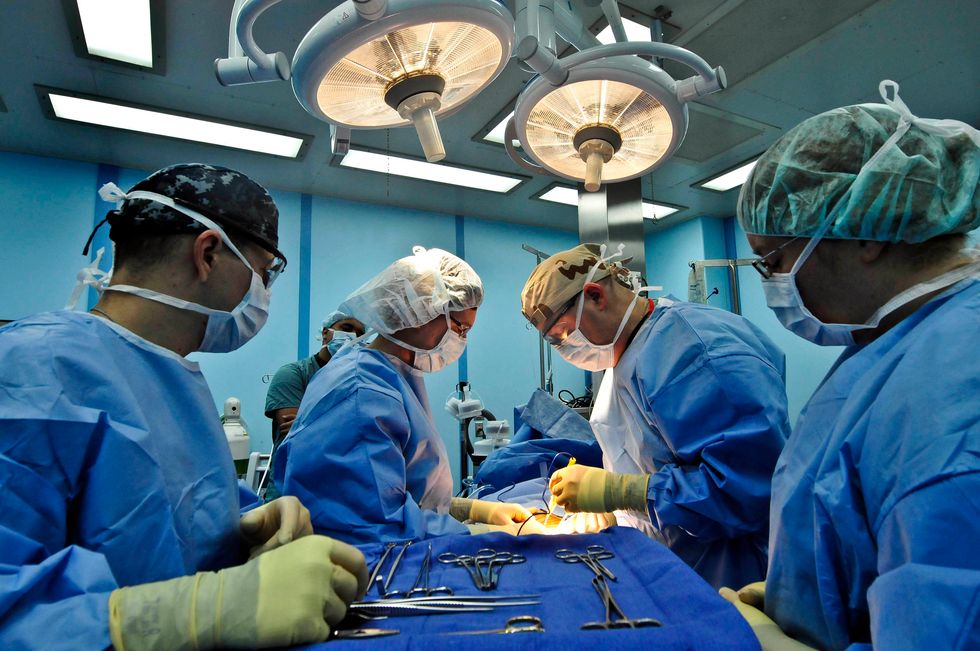What's a day in the life of a cardiothoracic surgeon's life really like?
Ever wonder why it takes the doctor so long to see you in the patient room? Or what really goes on in the operating room? What happens behind the scenes at a surgeon’s office?
This summer I spent time shadowing a cardiothoracic surgeon, a doctor who operates on the heart and major veins and arteries within the body. I got an up close and personal view of the ins and outs of patient care from the moment a patient steps into the office until the moment we take a patient to recovery from surgery.
Popular medical shows like Grey’s Anatomy, Scrubs, and ER paint the life of surgeons as an enormous action-packed, drama-filled life full of interesting and complex cases. The truth of the matter is, while surgeons definitely have their hands full while in surgery and juggling patient cases, the actual day is a rather slow and complex process that actually rests more in the hands of a PA (physician assistant) or nurse. The surgeon himself really only comes in to take over the case and confirm a diagnosis, set up and surgery plan, and of course for the surgery itself.
We’re all accustomed to a long wait at the doctor’s office, and some know the extreme wait at the surgical center. There are a few reasons your wait time is so long. First, the office assistants are communicating with your insurance company to confirm you do, indeed need this surgery. Once the insurance company is onboard, a nurse or PA will get the information about why you are in the office. In cardiothoracic surgery, this usually includes an ultrasound where the doctor can view your heart, and veins and arteries of interest.
The ultrasound also takes cross-sectional pictures, measures diameter of the veins, and can measure the flow of blood (or in most patient cases, the buildup of blood). These pictures will be used to help the doctor in surgery. He will review your picture several times; after your initial visit, before surgery, and after a follow-up to confirm results. These pictures are perhaps the most important part of a visit.
A busy doctor could have between 15 and 20 of these types of visits involving consults and ultrasounds. Thus, the stacking of patients and waiting on ultrasound results for this volume of patients takes time. After your visit, the doctor will review the specifics of your case and set up a “plan of attack.” Each surgical tactic is carefully thought-out and planned, so rest assured that the reason you’re sitting around that waiting room so long is that the doctor is either consulting or planning carefully for you or another patient.



















